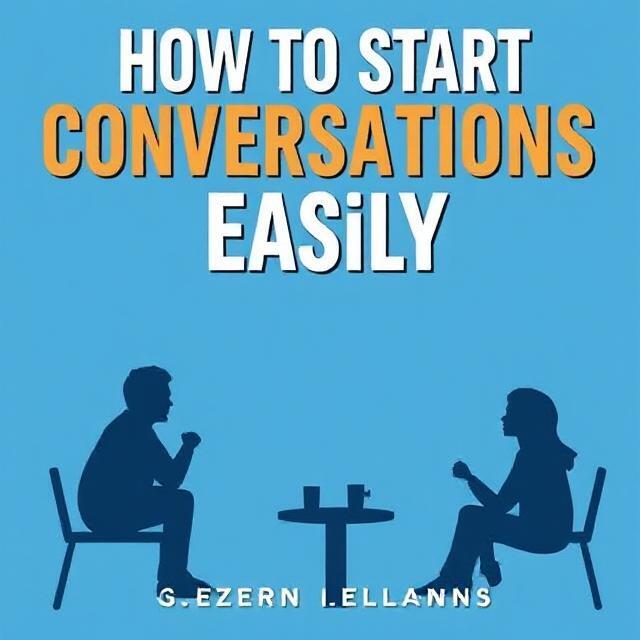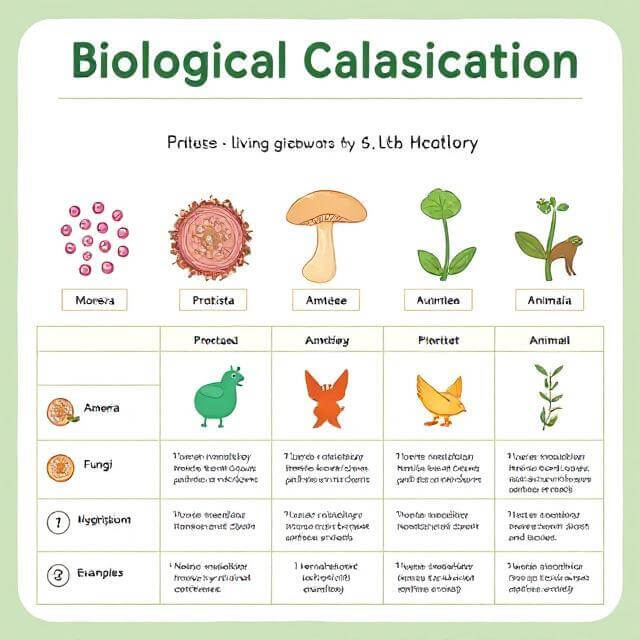How to Ace Job Interviews: The Ultimate Guide to Landing Your Dream Job
Introduction
Job interviews can be nerve-wracking, but with the right strategies and preparation, you can walk into any interview with confidence and make a lasting impression. In this comprehensive guide, we’ll explore everything you need to know about acing job interviews—from preparation to follow-up—with actionable tips and real-world insights. Whether you’re a fresher or an experienced professional, this guide will help you stand out from the competition and secure your dream job.
Published by Sufficient Notes — Your trusted source for career success and personal growth.
1. Understanding the Purpose of a Job Interview
Before diving into tactics, understand what an interview really is:
- A mutual evaluation between you and the employer.
- A platform to showcase your skills, experience, and personality.
- A test of your fit within the company culture and team.
Approach it not as an interrogation, but a conversation.
2. Pre-Interview Preparation: The Groundwork for Success
2.1 Research the Company
- Understand the company’s mission, values, and products.
- Read their latest news, press releases, and blog posts.
- Explore the company’s culture via social media and employee reviews.
2.2 Understand the Job Description Thoroughly
- Highlight the keywords and required skills.
- Map your strengths to each listed responsibility.
- Prepare to give examples from your past experience related to each point.
2.3 Know Your Resume Inside-Out
- Be prepared to explain any point or gap.
- Have stories behind each job, project, or achievement.
2.4 Dress for Success
- Choose attire that aligns with the company culture (formal, business casual, etc.).
- Groom well and ensure you’re neat and presentable.
2.5 Prepare Your Documents
- Carry multiple copies of your resume.
- Include certificates, portfolios, and references.
- Keep everything organized in a folder.
3. Common Interview Questions and How to Answer Them
3.1 Tell Me About Yourself
- Start with your education or recent experience.
- Highlight relevant achievements.
- Keep it concise, positive, and aligned with the job.
3.2 Why Should We Hire You?
- Connect your skills to the company’s needs.
- Mention your unique strengths and past results.
3.3 What Are Your Strengths and Weaknesses?
- Choose strengths relevant to the job.
- Mention a real weakness but show how you’re improving it.
3.4 Where Do You See Yourself in 5 Years?
- Show ambition but keep it realistic.
- Align your goals with the company’s direction.
3.5 Tell Me About a Challenge You Overcame
- Use the STAR method (Situation, Task, Action, Result).
- Highlight problem-solving and teamwork.
4. Behavioral and Situational Interview Techniques
- Focus on real-life examples.
- Prepare stories showcasing leadership, adaptability, conflict resolution, etc.
- Practice mock interviews with a mentor or friend.
5. Virtual Interviews: Adapting to the New Normal
- Ensure a stable internet connection and quiet background.
- Dress professionally even for video calls.
- Look at the camera, not the screen.
- Test your tech beforehand (mic, camera, Zoom/Meet link).

6. Questions You Should Ask the Interviewer
Asking questions shows curiosity and engagement:
- Can you describe a typical day in this role?
- What does success look like in this position?
- What are the company’s biggest challenges right now?
- What’s the team culture like?
7. Body Language and Non-Verbal Communication
- Maintain eye contact.
- Offer a firm handshake (if in-person).
- Sit straight and smile.
- Avoid crossing arms or fidgeting.
8. Mastering the Art of Storytelling
Great candidates tell stories that:
- Are concise and relevant.
- Use emotion to connect.
- Highlight results with metrics.
9. Interview Etiquette: Do’s and Don’ts
Do’s:
- Arrive 10–15 minutes early.
- Be polite and professional to everyone you meet.
- Follow up with a thank-you email.
Don’ts:
- Don’t badmouth previous employers.
- Don’t bring up salary too early.
- Don’t interrupt the interviewer.
10. Post-Interview Strategies
10.1 Thank-You Notes
- Send a thank-you email within 24 hours.
- Reiterate your interest in the role.
10.2 Evaluate the Interview
- What went well?
- What can you improve?
- Write notes while it’s fresh.
10.3 Follow Up
- Wait at least a week before following up unless otherwise advised.
- Be respectful and concise.
11. Handling Rejections Gracefully
- Request feedback if possible.
- Reflect and learn from it.
- Keep applying—each interview is practice.
12. Special Tips for Freshers
- Highlight internships and academic projects.
- Emphasize eagerness to learn.
- Showcase soft skills like communication and teamwork.
13. Tips for Experienced Professionals
- Prepare for questions about leadership and long-term goals.
- Be ready to discuss why you’re switching jobs.
- Present data-backed achievements.
14. Leverage Your Online Presence
- Keep your LinkedIn updated.
- Clean up social media.
- Share relevant content to show thought leadership.
Conclusion
Acing job interviews is a blend of preparation, confidence, communication, and strategy. With consistent effort and the right mindset, you can navigate any interview with poise and professionalism. Whether you’re stepping into your first interview or aiming for a high-level role, these techniques will help you leave a memorable impact.
For more career-enhancing articles and productivity tips, visit Sufficient Notes—your trusted resource for personal and professional growth.






